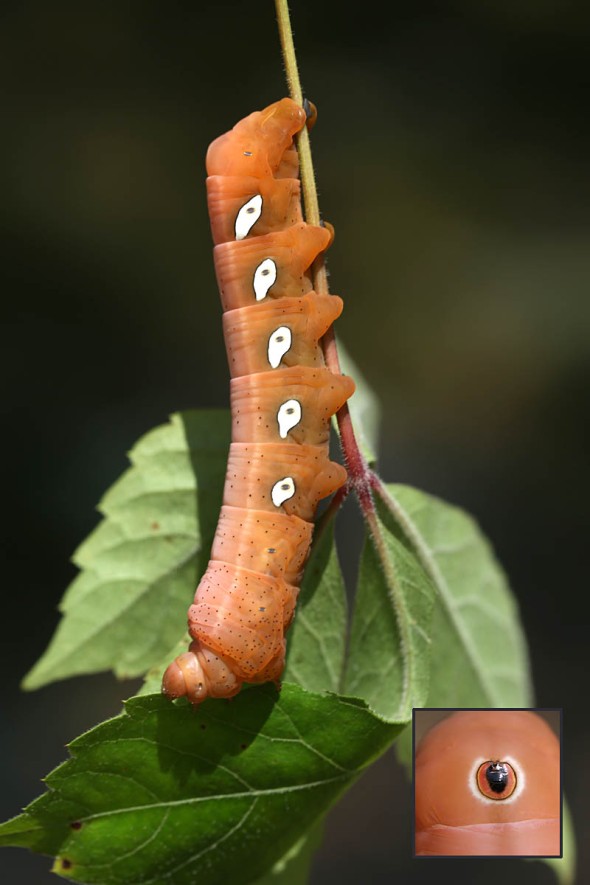Pileated Woodpeckers Foraging For Last of Wild Grapes

Carpenter Ants and wood-boring beetle larvae are the mainstay of the Pileated Woodpecker’s diet. Long slivers of wood in trees and logs are removed in order to expose ant galleries, creating large rectangular excavations. The woodpecker’s long, pointed, barbed tongue and its sticky saliva enable it to catch and extract ants from the ants’ tunnels.
While ants and beetle larvae are consumed year-round, fruits and nuts are eaten when available. A study that took place in the Northeast found seasonal shifts in primary food items: fruit in fall, Carpenter Ants in winter, wood-boring beetle larvae in early spring, and a variety of insects in summer.
Naturally Curious is supported by donations. If you choose to contribute, you may go to http://www.naturallycuriouswithmaryholland.wordpress.com and click on the yellow “donate” button.
Wild Grape Vines: Male or Female?
 Have you ever noticed that some wild grape vines bear fruit, while others appear barren? There is a very good reason for this — it depends on whether you are looking at a male or a female grape vine. The most common wild grapes in New England are Vitis labrusca (Fox Grape) or Vitis riparia (Riverbank Grape, or Frost Grape) – both of which have separate male and female plants (dioecious). The female plants, if their flowers are fertilized, produce grapes, whereas the flowers of the male vines do not. In contrast, most cultivated grape varieties are hermaphroditic — their flowers have both male and female reproductive structures, and can self-pollinate and produce fruit.
Have you ever noticed that some wild grape vines bear fruit, while others appear barren? There is a very good reason for this — it depends on whether you are looking at a male or a female grape vine. The most common wild grapes in New England are Vitis labrusca (Fox Grape) or Vitis riparia (Riverbank Grape, or Frost Grape) – both of which have separate male and female plants (dioecious). The female plants, if their flowers are fertilized, produce grapes, whereas the flowers of the male vines do not. In contrast, most cultivated grape varieties are hermaphroditic — their flowers have both male and female reproductive structures, and can self-pollinate and produce fruit.
Naturally Curious is supported by donations. If you choose to contribute, you may go to https://naturallycuriouswithmaryholland.wordpress.com and click on the yellow “donate” button.



















What Other Naturally Curious People Are Saying